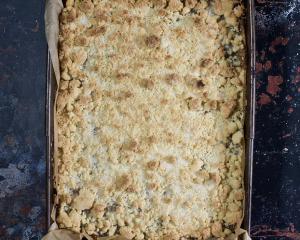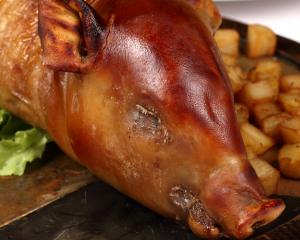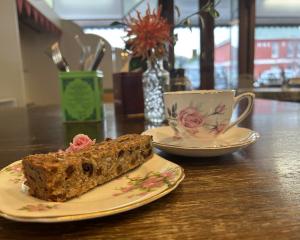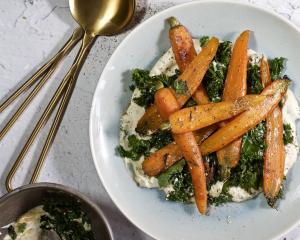
Premenstrual syndrome (PMS) and premenstrual dysphoric disorder (PMDD) have psychological, behavioural, and physical symptoms that occur during the late luteal phase of the menstrual cycle and disappear by the onset of menstruation.

Symptoms can include low mood, irritability, anger, fluid retention, bloating, weight gain, breast tenderness, fatigue, hot flushes, irregular cycles and painful/heavy menstruation.
As a female transitions into the luteal phase of the menstrual cycle (after ovulation), the hormone progesterone rises. Progesterone has calming, soothing effects on the body and brain when it is being produced properly.
This is an evolutionary protective mechanism so that if you did happen to conceive at ovulation, you will feel less social and want to pull back. Progesterone may cause constipation and cravings for refined carbohydrates.
Eating the right type and amount of quality carbohydrates can help to boost energy levels during this phase. Choose things such as green leafy veges to bulk up a meal and kūmara, brown rice or chickpea pasta to nourish and satisfy. Healthy fats can improve the regularity of periods and reduce PMS.
Omega-3 fatty acids may reduce symptoms of PMS including bloating, headache and breast tenderness. Almond butter, avocado, walnuts and salmon are all great examples of healthy fats. Fast foods can have the opposite effect as they are often cooked using inflammatory oils, exacerbating hormonal imbalances.
In the second half of the menstrual cycle, focus on meals which are high in protein and fibre, and low in carbohydrates and sugar. Good examples would be zucchini fritters, Thai chicken salad or fish curry on cauliflower rice. This helps to reduce cravings and manage blood sugar.
Reducing salt and refined carbohydrates (cakes, biscuits, pastries, chocolate, chips etc) can help to reduce oedema and swelling (fluid retention). Reducing caffeine intake when tense, anxious and/or experiencing insomnia is also recommended.
Nutrient deficiencies are common in women with PMS, therefore replenishing zinc, vitamin B6, iodine, selenium, vitamin C and vitamin E is integral to hormonal health.
Reducing any inflammation is also important. Curcumin (from turmeric), fish oils, quercetin and magnesium can all be beneficial. Getting support from a naturopath can help you to determine which is most suitable for you.
Lifestyle factors are important when assessing hormone health. Adequate sleep is necessary as is regular exercise.
In the days leading up to a menstrual period, choose exercise which helps to clear your head and relax your nervous system - some examples include yoga, walking outdoors in green spaces or surfing.
Managing stress can have a profound effect on progesterone production. Adaptogenic herbs such as withania (ashwaganda) and rhodiola work to promote and maintain a healthy stress response, which is crucial for endocrine function. Tracking your cycle and knowing when you are due will help you to plan around it. No plant blooms all year around nor should women be expected to.
"Embrace the seasons and cycles in your life. There is magic in change," Bronnie Ware said.
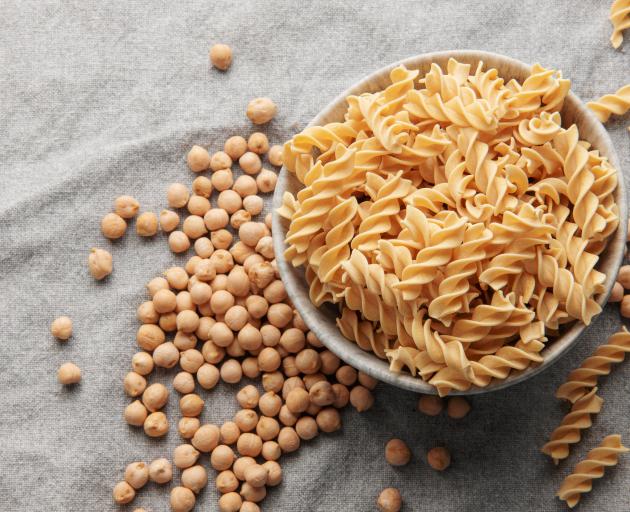
Comforting chickpea pasta
Serves 2
Ingredients
120g chickpea pasta
1 Tbsp extra virgin olive oil (divided)
200g chicken mince
2 cups baby spinach (packed)
½ cup cherry tomatoes, halved
Method
Cook the pasta according to the directions on the box.
Meanwhile, in a large skillet, heat half of the oil over medium heat. Add the chicken to the pan, breaking it up with a wooden spoon as it cooks. Once cooked, add the spinach and stir until wilted.
Add the cooked pasta to the skillet with the chicken and spinach. Add pesto, tomatoes and the remaining olive oil and stir to combine. Divide into bowls and enjoy.




